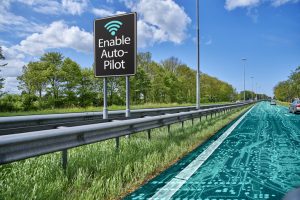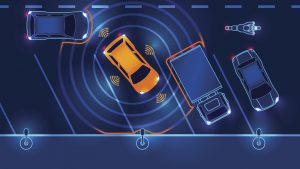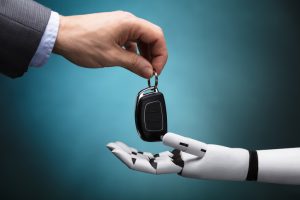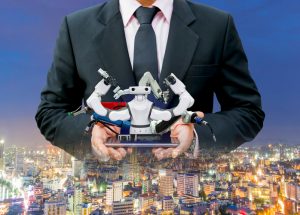 Most people don’t know much about the Transportation Research Center, the second largest vehicle testing site in the U.S. Established in 1962, it’s now credited as being a major force behind autonomous vehicle development; the cars and other vehicles are tested and researched on the site’s miles of track. You’ve probably seen photos of cars going through their paces here, often covered in skins to make them unrecognizable.
Most people don’t know much about the Transportation Research Center, the second largest vehicle testing site in the U.S. Established in 1962, it’s now credited as being a major force behind autonomous vehicle development; the cars and other vehicles are tested and researched on the site’s miles of track. You’ve probably seen photos of cars going through their paces here, often covered in skins to make them unrecognizable.
Columbus CEO recently ran a story about the center and Brett Roubinek, the former NASCAR driver and radio host who now runs it. “Under Roubinek’s care, TRC has added an unprecedented capability to the organization—the $45 million SmartCenter, an automated and connected vehicle testing facility with over 1.1 million square feet of pavement and more than 20,000 linear feet of underground electrical conduits for holding wires,” it says. It’s a fascinating look into a place not a whole lot of people know about, and the research that may revolutionize transportation.
Read it here.

 Much was written when Teslas under a new “Smart Summon” feature started crashing in parking lots–which was exactly where the feature was designed to work. This week, Wired took a shot at breaking down what that means for autonomous vehicles (AVs) in general, and why parking lots and garages will prove especially tricky for driverless cars. Among their findings:
Much was written when Teslas under a new “Smart Summon” feature started crashing in parking lots–which was exactly where the feature was designed to work. This week, Wired took a shot at breaking down what that means for autonomous vehicles (AVs) in general, and why parking lots and garages will prove especially tricky for driverless cars. Among their findings:
 Waymo, formerly known as Google’s self-driving car project, is getting ready to launch a robotic taxi service outside Phoenix, Ariz., stocked entirely with its autonomous vehicles. A story from
Waymo, formerly known as Google’s self-driving car project, is getting ready to launch a robotic taxi service outside Phoenix, Ariz., stocked entirely with its autonomous vehicles. A story from